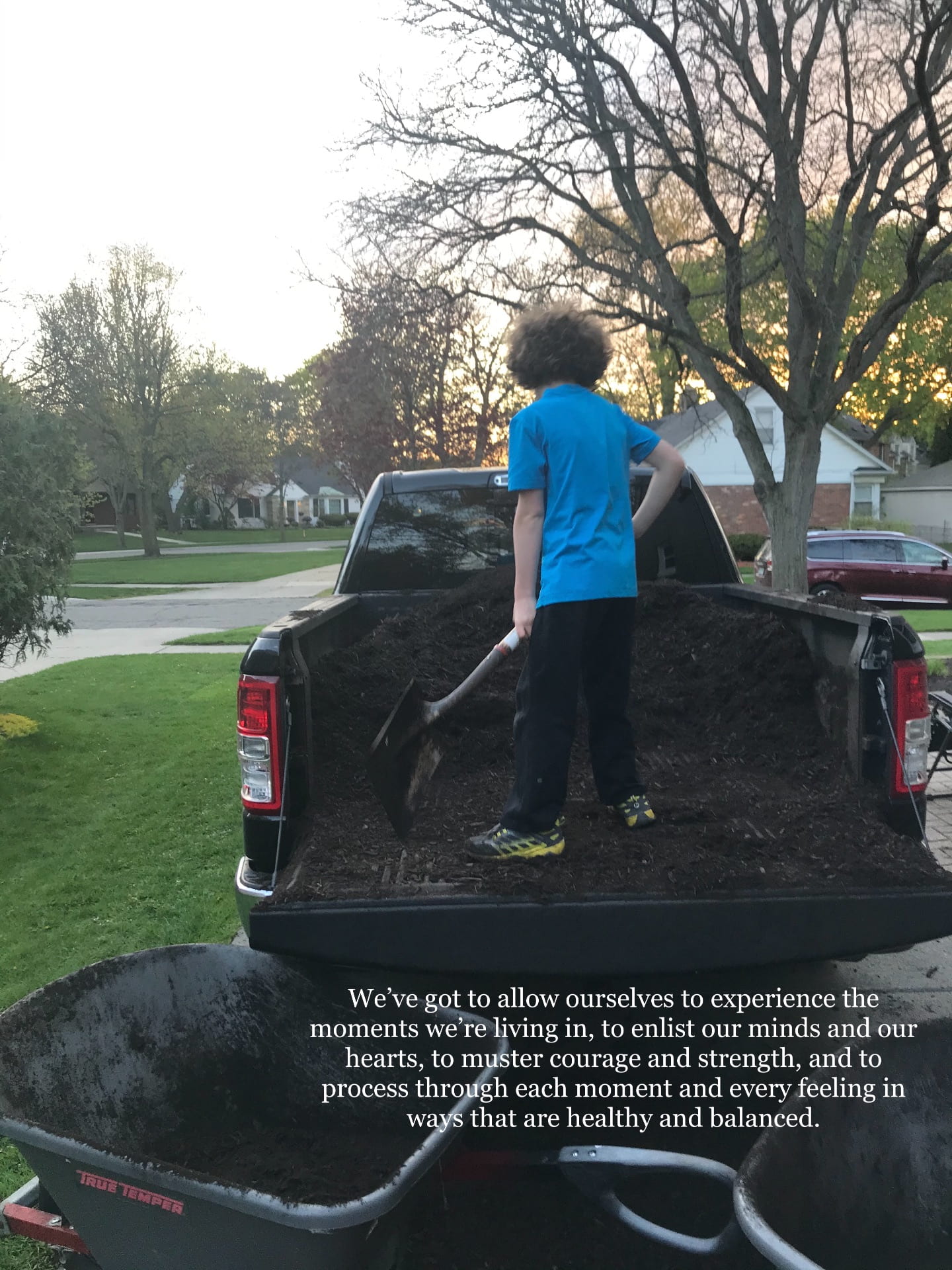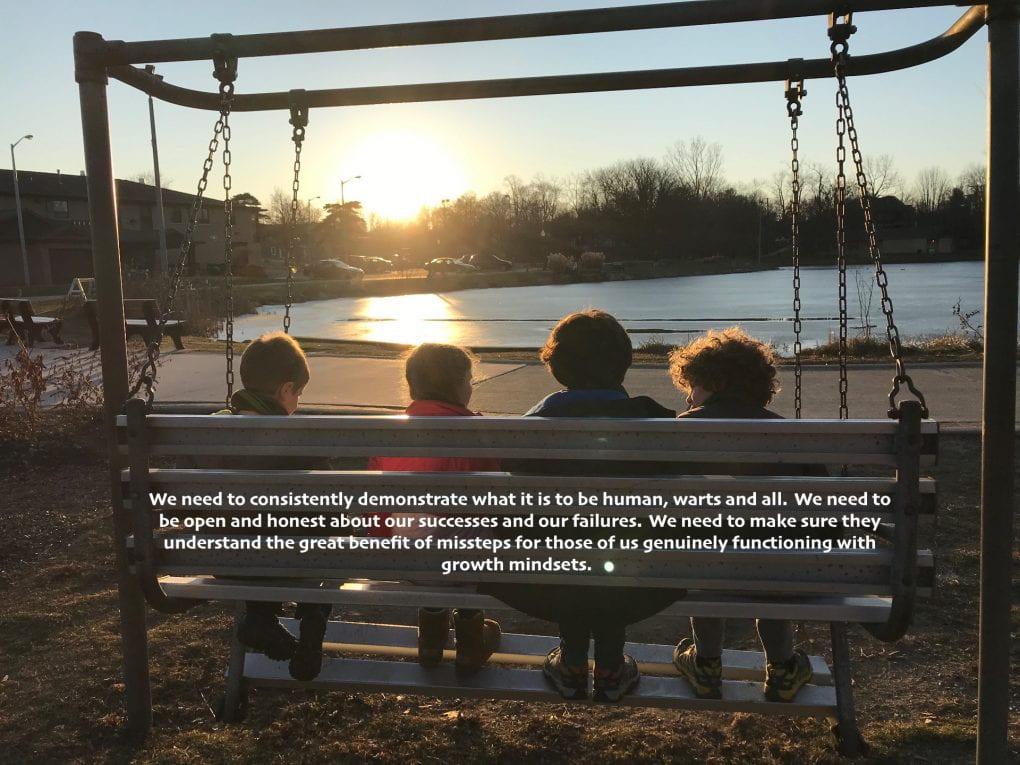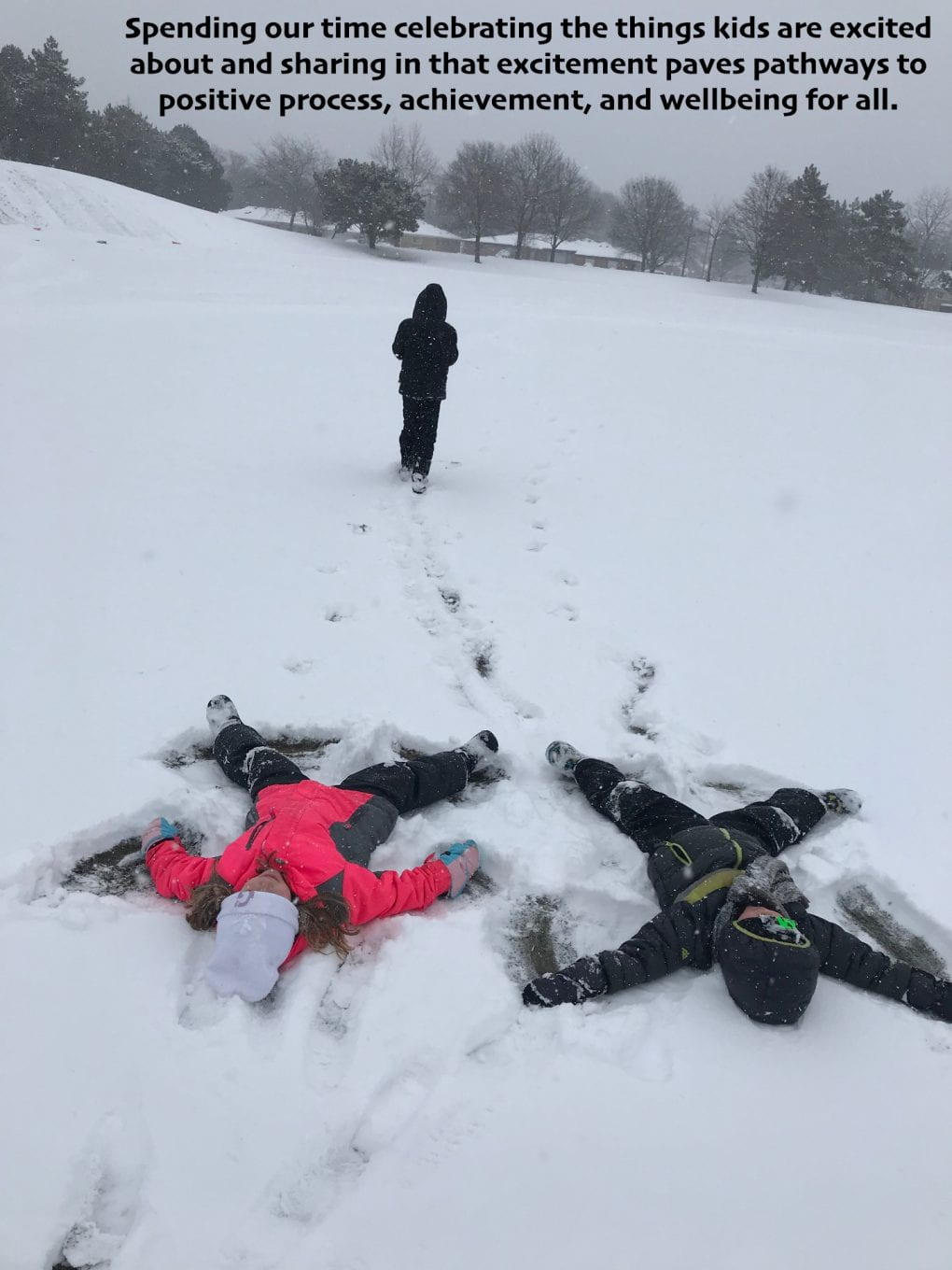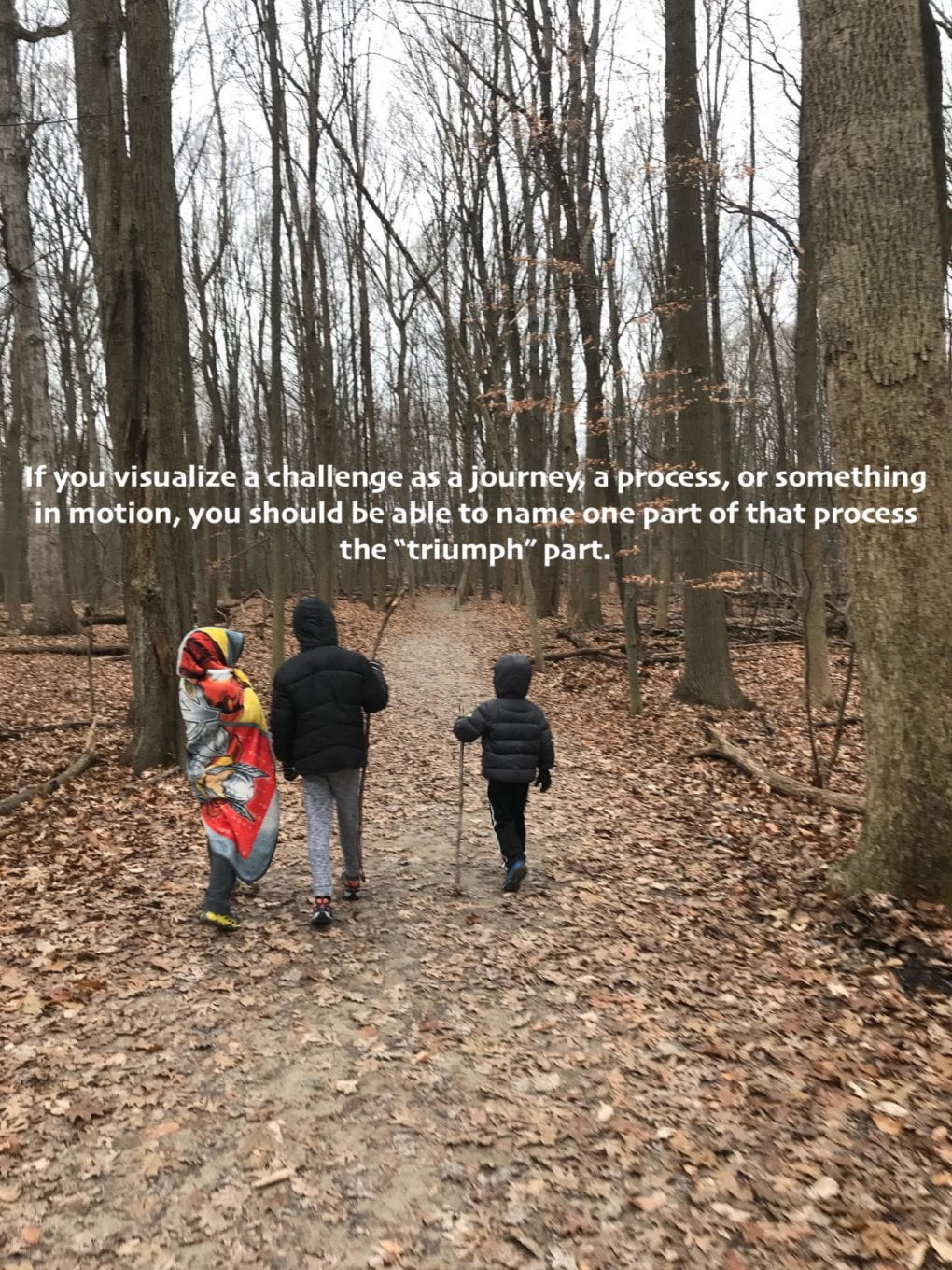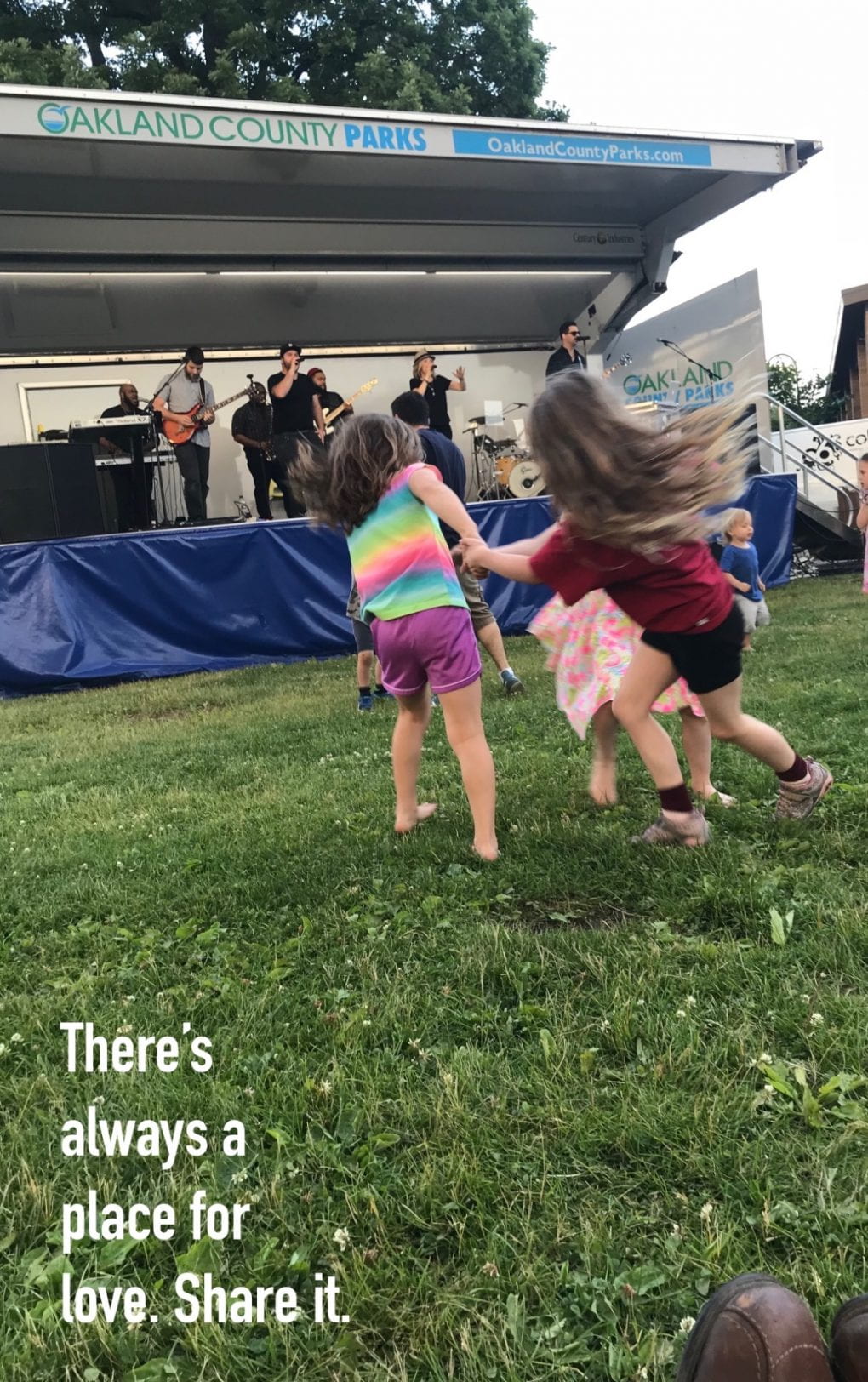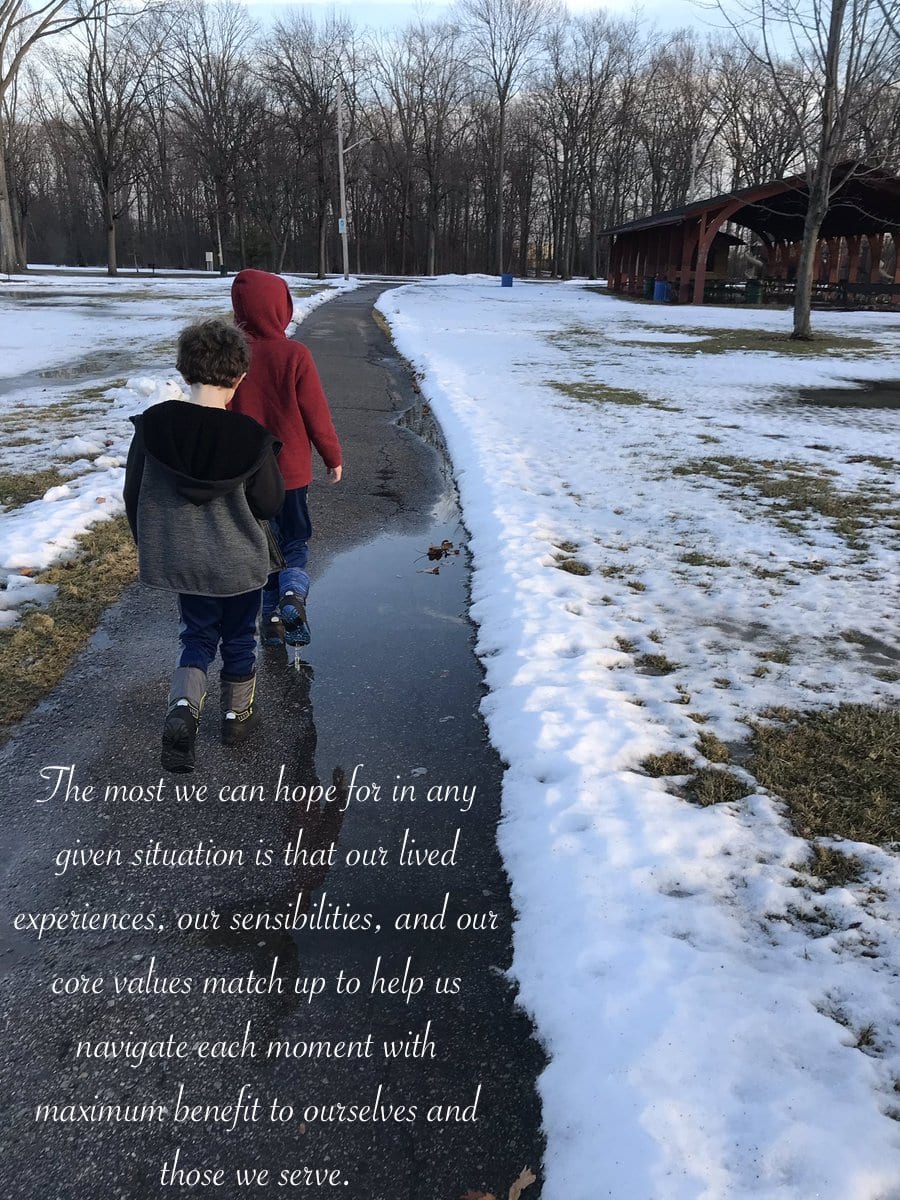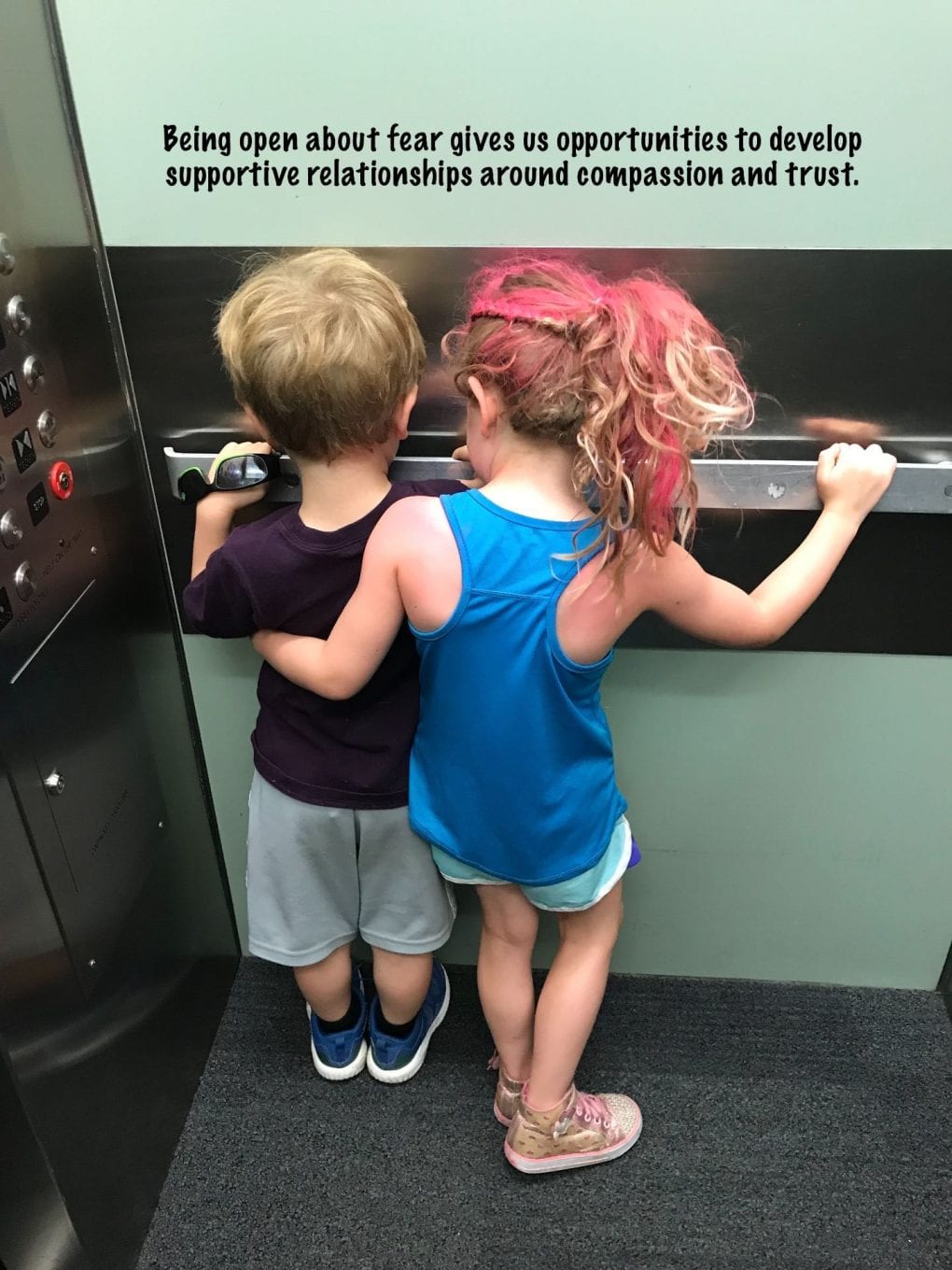My 2020 Fifth Grade Commencement Address in Speech and Song
This past week I offered a commencement address honoring the first group of students I met as kindergarteners when I became an elementary school principal.
Needless to say, this is very special moment in time for me.
I remember the feeling of being “the new principal.”
I remember feeling like I had a lot to learn about the job, and that I had a lot to learn about the kids.
Caring for children from the age of 4 or 5 through the age of 10 or 11 is a different thing than caring for children beginning when they’re more advanced along their educational journey.
Along with the families and staff who are my partners, I feel like I’ve played a role in raising these kids, and the truth is, I’m extremely proud of them.
To be clear, I’m proud of every student I’ve met along this journey.
Still, for these kids, I’m the only principal that they’ve had.
So this year, as I considered a commencement address, I sat and looked at the cabinet in my office which is lined with the handprints these 10 and 11-year-olds gifted me when they were 4 and 5-year-olds.
I thought of their hands then, what their hands have done since, and what their hands, hearts, and minds are capable of doing now.
I truly believe in the power of possibility, and I truly believe that these uniquely challenging times will foster a type of resilience that will manifest in positive world change generated from the hands, hearts and minds of this group of kids.
So, in this year’s address I spoke some words from my heart, and remembering that music can deliver a message in alternate ways, I decided to sing as well.
I sang a song that I wrote for all of the children of this generation. All of those who are engaged in any transition, moving from grade level to grade level or to from school to school, and in particular, for the four children my wife and I spend our days with, watching them thrive in an environment that completely shifted under their feet.
Kids are resilient, and they learn how to grapple by having things to grapple with.
This generation of kids, at every level, are going to be sophisticated, compassionate, productive, and positive grapplers.
As I watch the world go by with slow change in the rearview mirror and all around me, I have every bit of confidence that this generation will be the one to see our hopes and dreams of widespread peace, love, unity, inclusion and belonging fulfilled.
This is my message as I bid our fifth grade graduates a safe, joyful, and balanced journey forward.
This is my message to all children.
This is my message to anyone who’s interested.
In it together for the kids!
Live. Love. Listen. Learn. Lead. Thanks.
